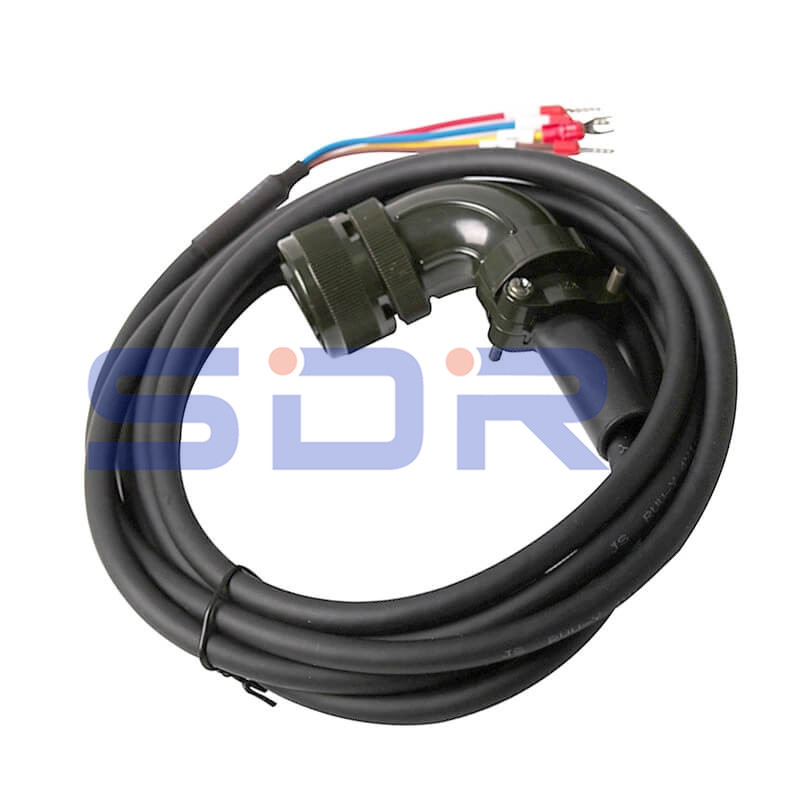POWER CABLE is an indispensable part of the power transmission and distribution system, which undertakes the important task of transmitting electrical energy from the power station to the end user. The performance of the cable directly affects the stability and efficiency of the power system. In this paper, we will discuss in depth the performance characteristics of Power Cable, including conductor materials, insulation materials, outer sheath and other aspects, as well as their applications in different scenarios.

I. Conductor material:
The conductor material of power cable is one of the keys to its performance. Common conductor materials include copper and aluminum. Copper conductors have superior electrical conductivity and oxidation resistance, but the cost is higher. In contrast, aluminum conductor lightweight, relatively low price, suitable for long distance transmission. Selection of suitable conductor materials need to consider the conductivity, economy and use of the environment and other factors.
Second, insulation materials:
Insulating materials play a role in the cable to isolate the current and prevent leakage. Common insulating materials include polyethylene, cross-linked polyethylene, rubber and so on. Different insulating materials have different electrical properties and heat resistance, so the working environment and requirements of the cable need to be taken into account when selecting. Cross-linked polyethylene is widely used in high-voltage power transmission because of its high temperature resistance and aging resistance.
Third, the outer sheath:
The outer sheath is the protective shell of the cable, which can prevent mechanical damage, chemical corrosion and environmental factors. Common materials for the outer sheath are polyvinyl chloride (PVC), polyethylene (PE), polyurethane (PU) and so on. Selection of the outer shell need to consider the use of the cable environment, such as outdoor, buried or indoor, in order to ensure long-term stable operation of the cable.
Flame retardant performance:
POWER CABLE needs to be designed with good flame retardant properties to ensure that the current can be quickly cut off in the event of a fault, reducing the risk of fire. Some cables have flame retardants added to the outer sheath to improve their flame retardant properties and protect the safety of personnel and equipment.
Fifth, the field of application:
POWER CABLE has a wide range of application areas, covering urban power grids, industrial production, transportation systems and other aspects. Different application scenarios have different requirements for the performance of Cables, so when selecting and designing cables, it is necessary to comprehensively consider the use of the environment, current load, transmission distance and other factors.
As one of the infrastructures of the power system, POWER CABLE plays an irreplaceable role in modern society. Understanding its performance characteristics and choosing the right cable according to the needs in practical application can help improve the reliability and efficiency of the power system and ensure the safe and stable transmission of electricity to every corner.